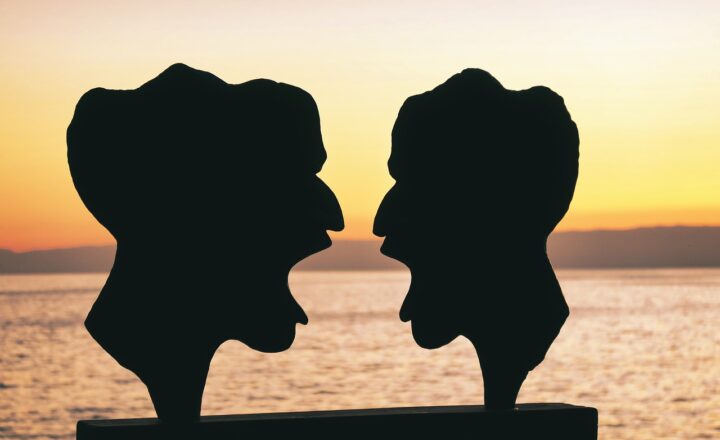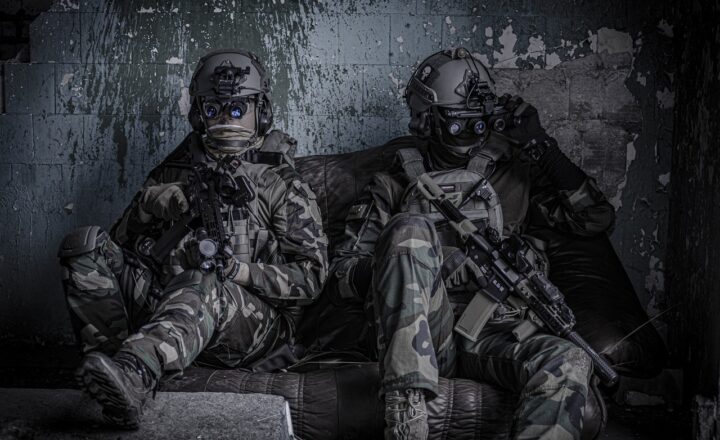Navigating Conflicts: How History Shapes Our Understanding of Peace
November 18, 2024

Throughout human history, conflict and war have played a significant role in shaping societies, cultures, and nations. As we navigate the complexities of modern life, understanding the historical context of conflicts becomes crucial in shaping our perceptions of peace and the methods used to achieve it. In this article, we will explore how past conflicts have influenced contemporary notions of peace and reconciliation, with special emphasis on notable historical events.
1. The Nature of Conflict and Peace
To fully grasp the relationship between history and peace, it is essential to understand what conflict and peace mean. Conflict is typically defined as a serious disagreement or argument, usually resulting from differing beliefs, values, or interests. Peace, on the other hand, is perceived as the absence of conflict and violence, promoting harmony and coexistence among individuals and communities.
Historically, the approach to achieving peace has evolved, often reflecting the political, social, and cultural contexts of the time. As conflicts unfold, the quest for peace has led to various methods such as diplomacy, treaties, and, more recently, international institutions aimed at conflict resolution.
2. Historical Examples of Conflict Influencing Peace Processes
Several historical events illustrate how conflicts have impacted our understanding of peace:
The Treaty of Westphalia (1648)
This treaty marked the end of the Thirty Years’ War in Europe, establishing principles of state sovereignty and non-interference. It laid the groundwork for modern international law and diplomacy, emphasizing the importance of negotiation and treaty-making in conflict resolution. The ideas birthed from this treaty continue to influence global relations today.
The American Civil War (1861-1865)
The conflict was rooted in deep societal divisions over slavery and states’ rights. After the war, efforts toward Reconstruction aimed to rebuild the nation while addressing the injustices faced by formerly enslaved individuals. The struggles during this period highlight how conflicts can lead to significant social change—ultimately shaping perceptions about equity and justice in post-conflict societies.
World War II and the Formation of the United Nations (1945)
In response to the devastation caused by WWII, the United Nations was established as an international body to foster peace and prevent future conflicts. The lessons learned from the war underscored the necessity for cooperation among nations to achieve long-lasting peace. This historical response continues to inform our understanding of peacekeeping and international relations today.
3. Lessons from History: Conflict Resolution Approaches
Studying historical conflicts not only teaches us about the past but also provides valuable insights into present-day peace efforts. Here are a few approaches that have emerged through historical analysis:
Diplomacy – The Art of Negotiation
Diplomacy has played a critical role in resolving conflicts and establishing peace. Learning from historical peace talks, such as the Camp David Accords (1978), showcases the importance of open dialogue in conflict resolution. Understanding the diplomatic tactics used in the past can guide future negotiations.
Moral Leadership – The Power of Vision
Historical figures like Mahatma Gandhi and Martin Luther King Jr. have shown how moral leadership can unite people and foster peace. Their philosophies of non-violence and civil disobedience inspire contemporary movements and underline the impact of strong ethical positions in shaping societal outlooks.
Reconciliation Movements – Healing Post-Conflict Societies
Reconciliation in post-conflict societies, like South Africa’s Truth and Reconciliation Commission, demonstrates how acknowledging wrongdoings and fostering dialogue can lead to societal healing. Such initiatives remind us that peace is not merely the absence of conflict, but a continuous process requiring active participation from all parties.
4. The Role of Education in Promoting Peace
Education plays a vital role in shaping our understanding of history and conflict resolution. By teaching historical perspectives, we can foster a culture of peace among future generations. Incorporating peace education into curricula can ensure that students learn about conflict history, the importance of dialogue, and the values of coexistence.
Additionally, platforms for global citizenship education encourage young individuals to empathize and engage with diverse cultures, ultimately nurturing a more peaceful world.
5. Looking Ahead: The Future of Peacebuilding
As we look towards the future, we must consider how history will continue to shape our understanding of peace. Modern conflicts, often influenced by globalization, technological advancements, and shifting geopolitical landscapes, require innovative approaches to conflict resolution and peacebuilding.
Combining historical knowledge with contemporary strategies can pave the way for sustainable peace. Embracing diversity, promoting social justice, and fostering inclusivity in peace processes will be critical in navigating future conflicts.
Conclusion
In conclusion, history plays an integral role in shaping our understanding of peace and conflict. By studying past events, we can learn valuable lessons about conflict resolution, the importance of empathy, and building inclusive societies. The lessons we draw from history not only inform our present actions but also empower us to build a more peaceful future for generations to come.
Let us harness the wisdom of the past to navigate the complexities of our world today and strive towards a future where peace is cherished, nurtured, and implemented on a global scale.






